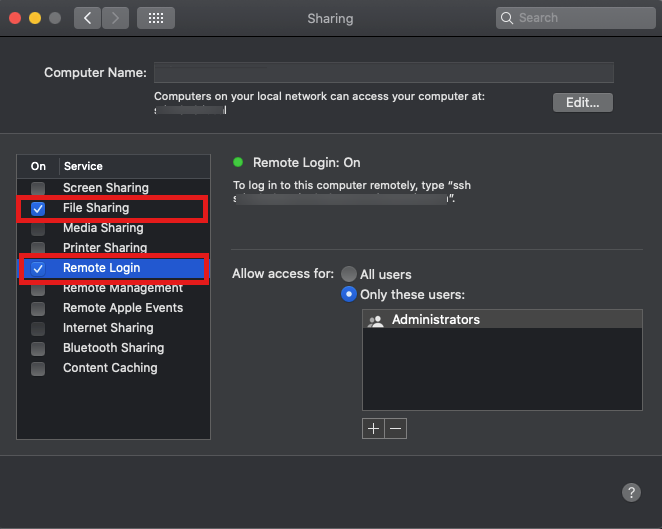
Apple itself uses this authentication method in some instances, including during communication between certain devices.

The ssh-keygen command allows you to generate several key types and sizes that use varying algorithms. A strong encryption algorithm with a good sized key will be most effective at keeping your data safe. If you exclude -b, ssh-keygen will use the default number of bits for the key type you’ve selected. The desired algorithm follows the -t command, and the required key length comes after the -b input. We’ll discuss variations later, but here’s an example of what a typical ssh-keygen command should look like: Enter the ssh-keygen command with the desired parameters. Launch Terminal from Applications > Utilities or by doing a Spotlight Search. The steps for generating an SSH key in macOS are as follows: Related: What Is SSH and What Does It Stand For? For more information on these concepts, refer to later sections of this guide.


During creation, you can specify the algorithm used, length in bits, and other features of your key. With the ssh-keygen command you can perform all the functions necessary to generate an SSH key that’s complete and ready to use. How to Generate an SSH Key Using SSH-Keygen


 0 kommentar(er)
0 kommentar(er)
